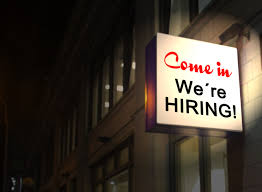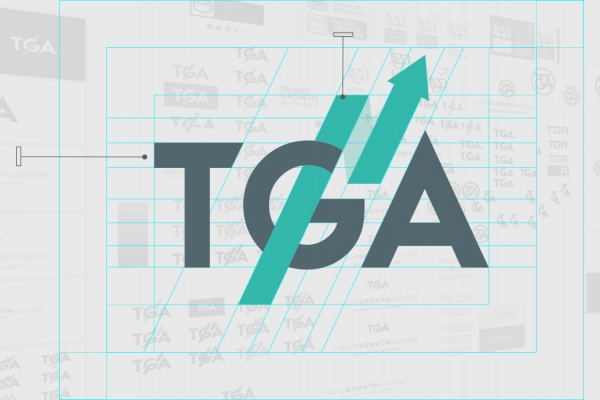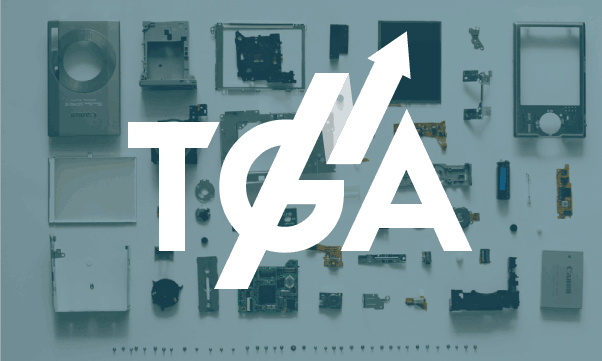Blog
DIY: 3 Steps to Doing Your Own Talent Acquisition Audit
Why is now the best time to evaluate and improve hiring in your organization? Because waiting for the perfect moment is futile. The talent marketplace evolves unpredictably, with some skills becoming increasingly scarce (AI, data analytics) while others are more abundant than ever (cashiers, call center rep, sales agents). Hiring leaders demand swift, high-quality hiring, and senior leaders are reluctant to fund more recruiters. Continuing to rely largely (or solely) on job postings is ineffective in today's changing landscape. Read on to discover strategies to take charge, assess your talent acquisition function, and prioritize improvements to make hiring faster and better.
Simplifying Workforce Planning for Summer 2024: Practical Tips for HR Leaders
In today's data-rich landscape, workforce planning is essential for HR leaders to identify talent-related priorities and investments. While tools like Visier and Tableau provide instant and slick access to data, the challenge lies in ensuring its accuracy, deciphering its true meaning and turning it into actionable plans. By focusing on key metrics such as attrition rates and tenure distributions, HR leaders can create directionally-accurate workforce plans that can evolve over time to enable their organizations navigate the most complex talent marketplace we've ever known. This article details a roadmap that will help HR leaders build a simple workforce plan that will allow them to address the most important people-related trends in their organization, now and in the future.
Our March ‘24 Newsletter: Chock Full of Talent News
In case you missed it, here's our March '24 newsletter . . . talent insights that have a long shelf life.
Our January ‘24 Newsletter: Chock Full of Talent News
In case you missed it, here's our January '24 newsletter . . . talent insights that have a long shelf life.
Let’s Modernize Talent Acquisition Before Jumping on the AI Train
HR and Talent Acquisition teams often lack the necessary foundation to make AI truly effective because of undefined processes, ambiguous roles and unclear goals. So before delving into AI-driven solutions, TA needs to build its foundation: clear strategies, well-defined and differentiated processes, supporting org design and data-based measures of success. Only then it can be determined where AI can add the most value.
Our Dec ‘23 Newsletter: Chock Full of Talent News
In case you missed it, here's our December 2023 newsletter . . . talent insights that have a long shelf life.
Hiring Manager Satisfaction Surveys: The Worst Thing to (Still) Happen to Talent Acquisition
Hiring managers rating recruiters on how well they filled their job does nothing but reinforce arcane and counter-productive behaviors. Rather than asking: "Do you like us? Were we responsive and pleasant? Did you like our candidates?", Talent Acquisition teams should be measured on hiring speed and quality. Note: by "quality" we mean how well did new hires stay in the role and how well did they perform. Because, like it or not, if TA isn't hiring people who stay and perform, something is amiss. Hiring managers, in turn, will *really* like recruiters if they hire top talent who stay longer than their predecessors. But, if you just can't let these surveys go, read on for tips for best positioning these surveys.
Where the Talent Went and What To Do About It
Despite the waning of the COVID-19 pandemic, hiring and retention remain a significant challenge for businesses. Factors contributing to this shortage include demographic shifts, declining birthrates, and lower labor force participation rates. Here are four strategies to address this issue. And do it now, because it's not going to get easier anytime soon.
How Many Reqs Should a Recruiter Carry? A Recruiter Workload Calculator for Today’s Talent Teams
The most common question we're asked is: "How many reqs should our recruiters carry?" And it's the right question because it is an indicator of efficiency, effectiveness, resource allocation, load balancing, and investment in talent acquisition. Finally, a roadmap for answering this question and ultimately improving TA effectiveness is a click away.
Talent Acquisition Technology Isn’t Going to Fix Your Hiring Problems
Despite the explosive growth of talent acquisition technologies - and the vast number of problems they claim to solve - hiring isn’t getting better, faster or cheaper. Why?
Re-Engineering Recruiting: Tips for Assessing and Improving your Talent Acquisition Function
Now might be the optimal time to re-engineer your recruiting processes. Start by objectively determining which metrics are most important to your business, how to evaluate them and the best approach for improving these outcomes.
2023 Talent Analytics Playbook for CHROs
The explosion of HR tools, technology and trends makes zeroing in on essential analytics more difficult than ever. How should Talent Analytics define HR priorities? What are the greatest obstacles to achieving effectiveness? What does a Talent Analytics "homerun" look like? In 2023, talent analytics should not just support, but fundamentally drive, your organization's business strategy.
The Most Effective Recruitment Process in the Toughest Talent Marketplace
It’s a trick: the most effective recruitment process isn’t one - it's multiple processes, differentiated and highly engineered. Because in the most challenging talent marketplace that most of us have ever worked in, we can't wing it anymore - nor can we build our processes based on what we've always done, or what hiring managers demand.
Five Reasons Why Candidates Aren’t Applying to Your Jobs
There are many reasons why candidates aren't applying to jobs the way they did before the pandemic. A recent survey identified five key reasons for this (hint: 'being lazy and on unemployment' didn't make the list.)
Are you in a War *ON* Talent or a War *FOR* Talent?
Here are eight clues for determining where your organization falls.
Technology is Not the Answer to Your Hiring Problems
The rapid growth of talent acquisition technologies, and all the problems they portend to solve, makes investment in them tempting - particularly during these unpredictable times. But TA tech is not going to solve most hiring problems.
How to Improve Recruiting: Begin with a SWOT Analysis
Need to figure out how to improve hiring speed, quality and diversity? Begin with one of the most tried-and-true methods to assessing strengths and weaknesses: a SWOT framework for recruiting. Learn how this method can help you get started the right way.
8 Keys to Ensuring Your Newly Hired Black Executive Fails: A Case Study
Proper recruiting, selection, onboarding and performance management routines are critical for the success of any new executive, but particularly for companies seeking to expand diversity among their leadership ranks. The old routines that may have worked reasonably well with primarily White leaders need to be examined and adapted to successfully and consistently win high performing Black talent.
3 Keys to an Effective Recruitment Department Structure
Org design can be a powerful tool for addressing efficiency and effectiveness problems, but it can’t work in isolation. Here are three keys to making your org design deliver improved speed and quality of hiring.
RPO Lessons Learned: Spotting RPO Dysfunction
So your organization is using an RPO (Recruitment Process Outsourcing) firm and you suspect things aren't going as planned? Or perhaps you are considering an RPO? Read on to learn about these common pitfalls. And check out other articles in our series to find solutions.
Linda Brenner named Top HR Tech Influencer!
The Human Resource Executive (HRE) and HR Tech Conference team released the first edition of the Top 100 HR Tech Influencers, and TGA Founder & Managing Partner, Linda Brenner, made the list. Dubbed “100 individuals who have shaped the world of HR technology”, the list is comprised of people from traditional HR roles, consultants/advisors, and “new media“ influencers. Read more about it here.
How Do You Measure Quality of Hire in a Full Employment Economy?
In this full employment economy, finding and winning top talent for critical roles is a key business success factor. But if you’re still thinking about quality of hire in the old way (hiring manager surveys to assess ‘happiness’ with the recruiting team or managers' assessment of a new hire 30 days in), then you’re missing the chance to prove the value of Talent Acquisition in 2019 and beyond.
A High Volume Hiring Case Study: Improving Hiring Speed, Quality and Cost
The Challenge: Improve the quality of hiring high volume, customer service-oriented front line employees. In turn, increase speed to hire and reduce overall hiring costs.
Talent Acquisition Audit: Six Signs That You Need One
Six circumstances where it makes sense to bring in outside, unbiased resources to conduct a talent acquisition audit.
Our Bloggers

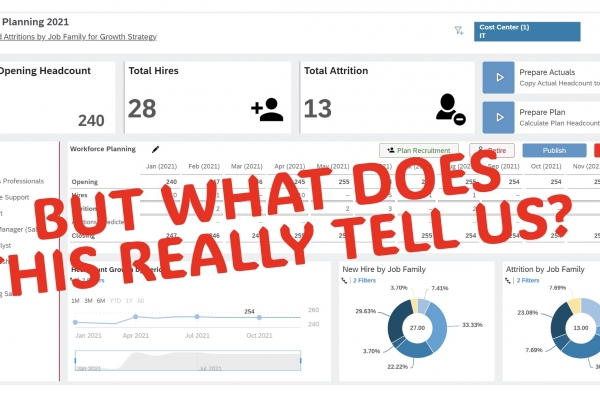







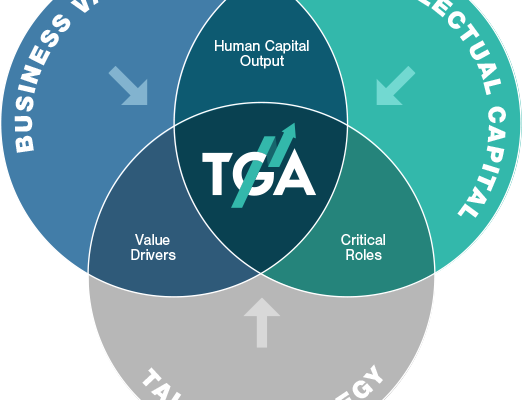





_600_400_c1.png)

